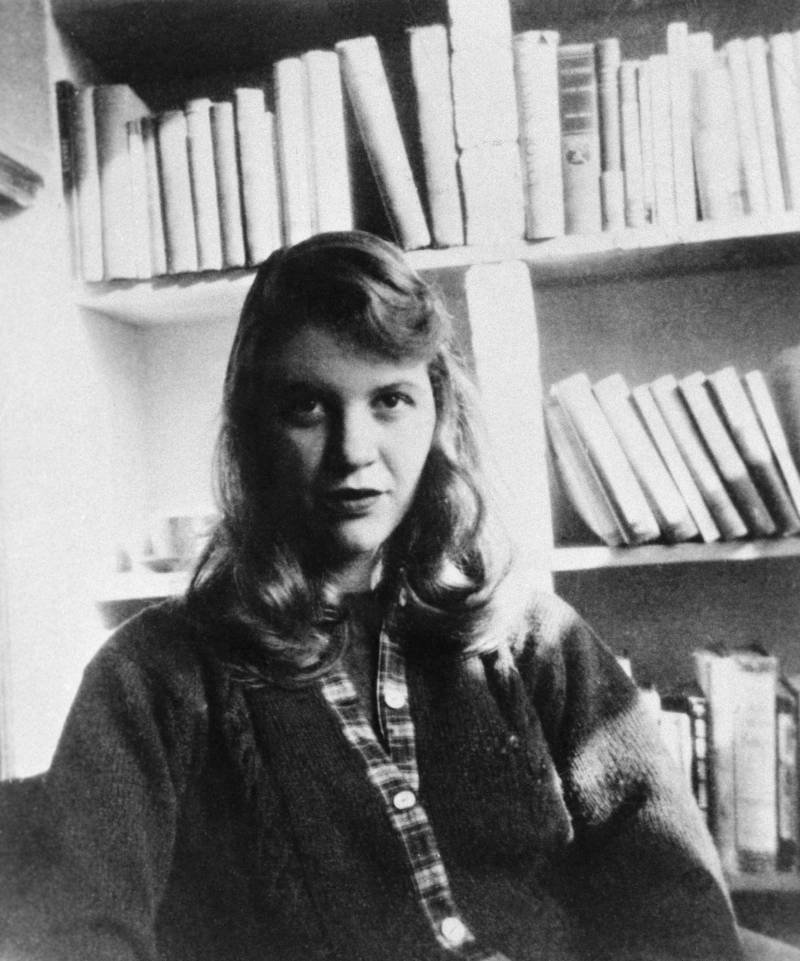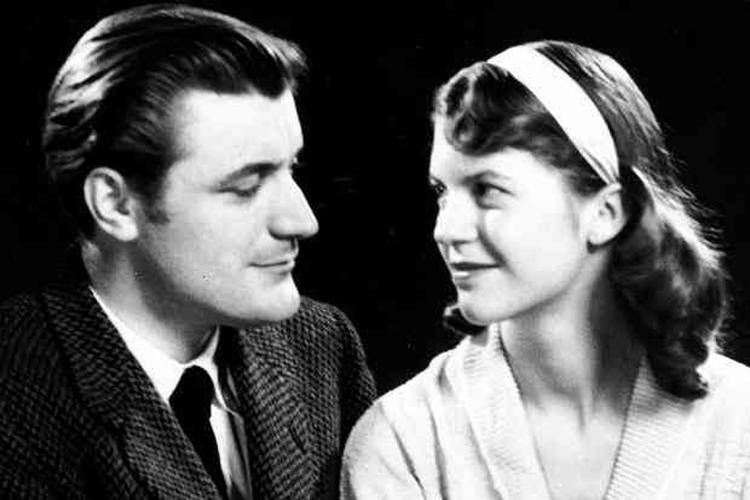Sylvia Plath

Getty ImagesSylvia Plath seated in front of a bookshelf.
Sylvia Plath was a gifted poet and author whose battle with depression led to one of history’s most famous suicides.
Plath was born in Boston, Mass. on Oct. 27, 1932. She met Ted Hughes while studying at Cambridge University and the two later married and had two children. The couple had a toxic relationship and after only six years together, Hughes left Plath for a younger woman in 1962.
This sent Plath, who had already struggled with mental health issues, on a dangerous downward spiral. While during her low point Plath created some of her most well-known pieces of work like 1963’s The Bell Jar and a collection of poems titled Ariel, this did little to alleviate her unhappiness.

Flickr/summonedbyfellsPlath with husband, Ted Hughes.
Plath went under the watchful eye of Dr. John Horder who routinely checked on her. His attempts proved unsuccessful, though, when Plath committed suicide on the morning of Feb. 11, 1963.
A nurse arrived at Plath’s house at 9 a.m. to help her care for her children but knew something was wrong when she couldn’t enter the apartment. She got the help of a workman and together they broke into the apartment. They discovered Plath dead in the kitchen.
She was found with her head in her gas oven, dead of carbon monoxide poisoning. Before she killed herself, Plath had carefully sealed the rooms between her and her sleeping children by covering up the cracks with tape and cloths.

Flickr/Wikimedia CommonsThe house where Sylvia Plath committed suicide.
Plath had made earlier attempts to end her life and so after her body was found, speculation arose as to whether or not she truly meant to kill herself.
However, Dr. Horder was convinced that Plath knew exactly what she was doing when she stuck her head in the oven, saying:
“No one who saw the care with which the kitchen was prepared could have interpreted her action as anything but an irrational compulsion.”
If you or someone you know is contemplating suicide, call the National Suicide Prevention Lifeline at 1-800-273-8255 or use their 24/7 Lifeline Crisis Chat.





